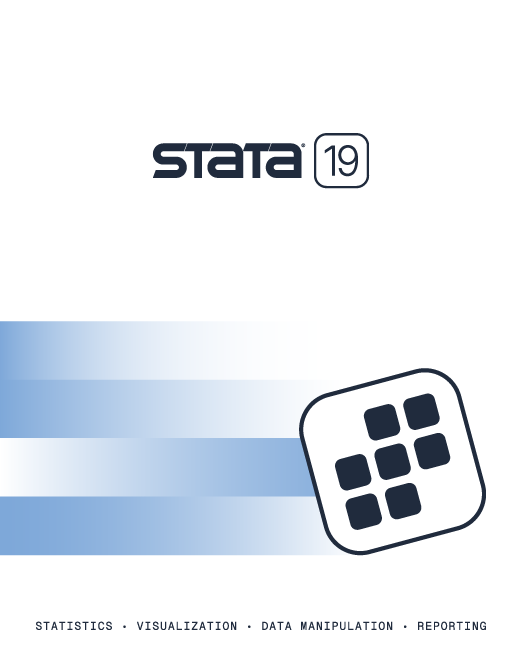



Learn how to effectively analyze survival-time data using Stata. This training introduces the concepts of censoring, truncation, hazard rates, and survival functions. Participants will learn how to prepare data for survival analysis, compute descriptive statistics, create life tables, obtain Kaplan–Meier curves, and fit both semiparametric (Cox) regression and parametric regression models. Discover how to set the survival-time characteristics of your dataset just once and then use many of Stata's survival-time estimators and summary statistics commands with those data.
The course will be interactive, use real data, and offer ample opportunity for working exercises to reinforce what is learned. By the end of the course, participants should be able to describe and graph their data, fit an appropriate survival-analysis model in Stata, and interpret the results.
← Back to all classroom and web training courses
We offer a 15% discount for group enrollments of three or more participants
All prices USD.
Inform me of the next session ↓

Meghan Cain
Assistant Director, Educational Services
Meghan Cain is the Assistant Director of Educational Services at StataCorp LLC. She earned her PhD in quantitative psychology from the University of Notre Dame, where her research focused on structural equation modeling, multilevel modeling, and Bayesian statistics. At Stata, she oversees the development of statistical trainings and webinars, creates videos for the Stata YouTube channel, and reviews Stata Press books.
Introduction to survival analysis
Setting and summarizing survival-time data
Nonparametric analysis
Fitting Cox proportional hazards models with the stcox command
Fitting parametric survival models with the streg command
Fitting models to interval-censored data
Interpreting coefficients and other results
Predicting time of failure and survivor, hazard, or related functions
Graphing survivor, hazard, or related functions
Enrollment is limited.
Web-based training courses are four-day courses that run for three to four hours daily with hourly breaks. You will be provided with a temporary Stata license to install on your computer, a printed copy of the course notes, and all the course datasets so that you can easily follow along.
Classroom and web training FAQs →